Knowing terminology crucial to successful shooting
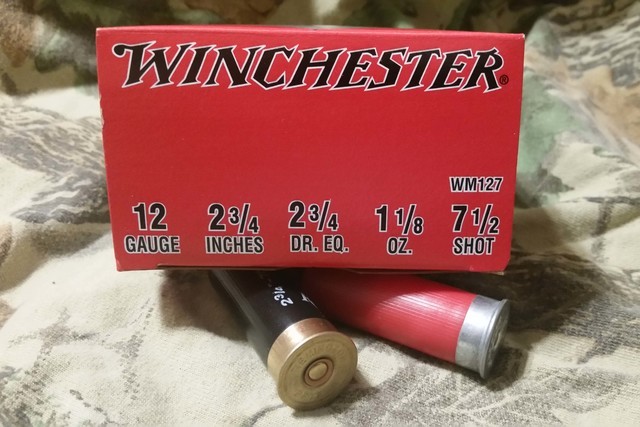
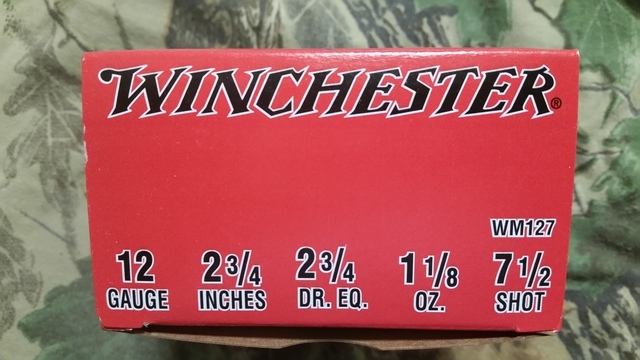
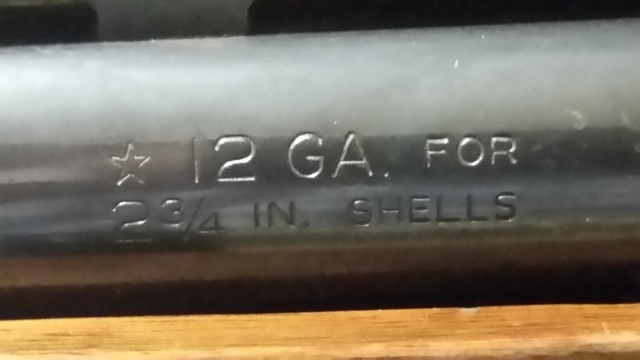
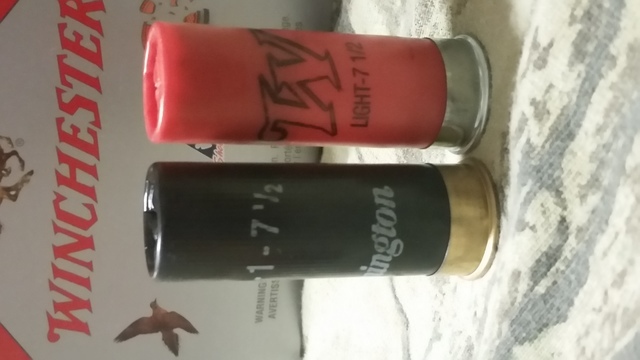
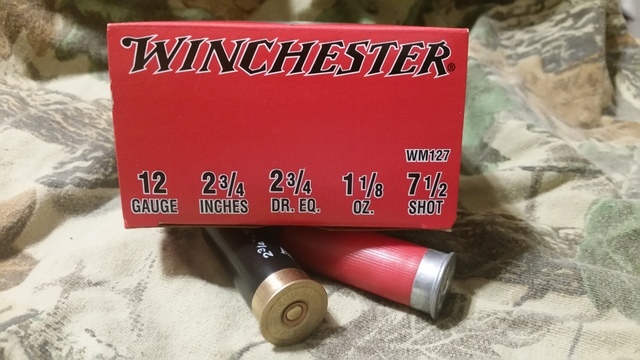

While watching the Olympics this month, it was readily apparent that each sport came with its own vocabulary. Then it dawned on me that the same is true for traditional outdoor pursuits such as fishing, hunting and the recreational shooting sports.
Each of these activities has a unique collection of terms and phrases with which we communicate about different aspects of the sport. When it comes to ammunition, for example, we use multiple terms such as bullets, cartridges, shells, shot, magazine, caliber and gauge. Though they are all associated with the shooting sports, these terms each mean something different but are sometimes used incorrectly.
A bullet and a cartridge are not the same thing, but you might have someone ask for a bullet when what they need is a cartridge. Having a working knowledge of the language of firearms not only help us to communicate effectively about the shooting or hunting sports but also to make us safer shooters or hunters.
Consider the shotgun. Though it is capable of shooting a single projectile, the shotgun was originally designed to shoot multiple small pellets called “shot” and is generally used for that purpose. Thus the name shotgun. Because the shotgun sends multiple shot pellets downrange at the intended target, it is an effective means of hitting a flying target such as a clay target or game bird.
While rifles are identified by caliber, shotguns are classified by gauge, though both terms are a reference to the internal size of the firearm’s barrel or bore. Caliber is a numerical expression of that measurement, while the gauge number refers to the number of lead balls of that bore diameter that it takes to weigh 1 pound. From smallest to largest, shotguns available today include the .410 (actually a caliber), 28 gauge, 20 gauge, 16 gauge, 12 gauge and 10 gauge.
It is essential that a shooter know the correct size of his shotgun and then selects the proper ammunition, or shotshell, for the firearm. A 20-gauge shell, for instance, will easily slide deep into the barrel of a 12-gauge shotgun, causing an obstruction. If that occurs and the shooter then loads and fires a 12-gauge shell, the barrel could come apart with deadly results.
One doesn’t have to look far to learn what shotshells are appropriate for a particular shotgun. That information is stamped right on the barrel. On my old 870, it reads “12 GA. FOR 2¾ IN. SHELLS.” Though today’s shotshells come in lengths as long as 3½ inches, it is important to note that my gun can only accept shells measuring 2¾ inches. Newer shotguns will often include the longer lengths; just be sure to stay within the range stamped on your firearm.
When shopping for shells, you will find the information you need right on the box, and you won’t have to squint to see it. There you will find five numbers that describe different aspects of the shells inside. For the average shooter, three of the five numbers will tell you all you need to know.
The first number you want to look for is the gauge. It is usually on the left. Next to that you will find the length of the shotshell. Make sure these numbers match the information stamped on your particular firearm. The next number you want to look for is the shot size. It most likely will be all the way to the right. These three numbers are the most important for the average shooter. The remaining two numbers tell you how much powder and shot is in the shell.
Shotshells not only come in different lengths and gauges but also with different size shot pellets inside. This is to accommodate the different sizes of the various game birds and various shooting situations. On the small end are sizes 9, 8 and 7½. Shot in this range is good for clay targets and small birds such as dove or quail. I generally use 7½ because it will carry a little farther and maintain downrange energy better than the others.
Next in line are shot sizes 6, 5 and 4. This group is used for larger birds such as pheasants, ducks and sage grouse. I like to include chukar partridge in that list and prefer to use 6 shot when hunting them. Shotshells in this range also are good for rabbits.
Large shot includes numbers 3, 2, 1, B, BB, BBB, T, F and FF. These pellet sizes are good for large birds such as geese or swans, or for shooting longer distances. Keep in mind that the larger the shot size the fewer pellets are in the shotshell. So bigger is not always better. You can find charts comparing the various shot sizes online and in any reference book that talks about shotgun shooting. Be aware that some formal shooting locations have limits on shot size. Beyond this, we get into buck shot, but that is a topic for another time.
Understanding the vocabulary is the key to matching the shotshell to your firearm and to the game you are pursuing. Doing that will keep you safe and help to ensure a successful hunt.
■ NOTE — Utah will begin selling fall turkey permits Sept. 15 on a first-come, first-served basis. A limited number of permits are available for the Northern and Southern regions. Go to wildlife.utah.gov.
Freelance writer Doug Nielsen is a conservation educator for the Nevada Department of Wildlife. His “In the Outdoors” column, published Thursday in the Las Vegas Review-Journal, is not affiliated with or endorsed by the NDOW. Any opinions he states in his column are his own. He can be reached at intheoutdoorslv@gmail.com.












